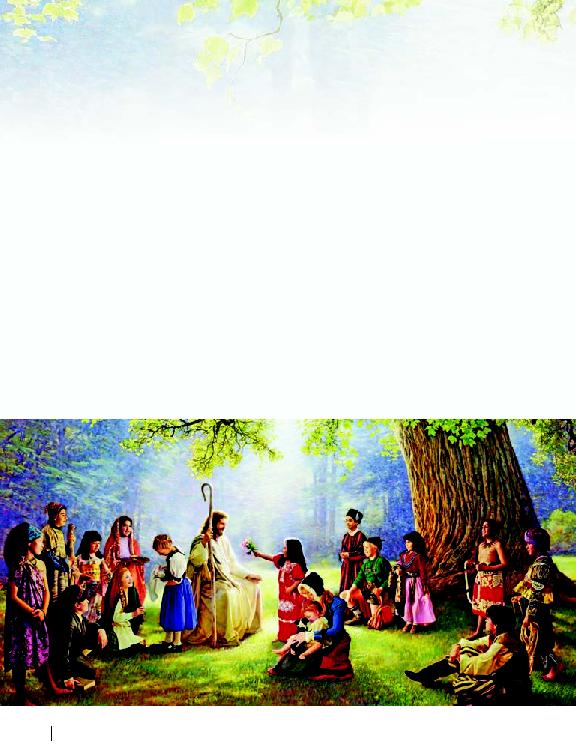
existence in the time when Jesus
dwelt among us. Half of all children
died from a variety of causes before
reaching adulthood: sickness, acci-
abuse and neglect. It was common among many cul-
tures for children born with disabilities to be left out
in the open to die of exposure or animal attack, al-
though no such indifference seems to have been
shown among the Jewish people toward their chil-
dren. This is not to say that people did not love their
children, but in a strange logic they felt that it was
better for the child to die in infancy than to face a
life of suffering, a sentiment echoed today by those
who advocate abortion for unborn babies deemed to
have some health defect.
work even at a very young age and of the low value
often placed on human life. Children were seen as
laborers for the farm or in the marketplace. They
were assets to either help earn a living or to be sold
as slaves so that the rest of the family might live.
As parents aged, their children were their guaran-
tee of financial security when they were no longer
able to work.
ing was known of modern day ideas of adolescence.
A teen with a developing body was seen more as
an adult than a child and as such was expected to
carry the full load of adult responsibility. This
meant that girls who were deemed to be of child-
bearing age were often slated for marriage, fre-
quently to men much older than themselves. And
because the poor lacked legal standing and were